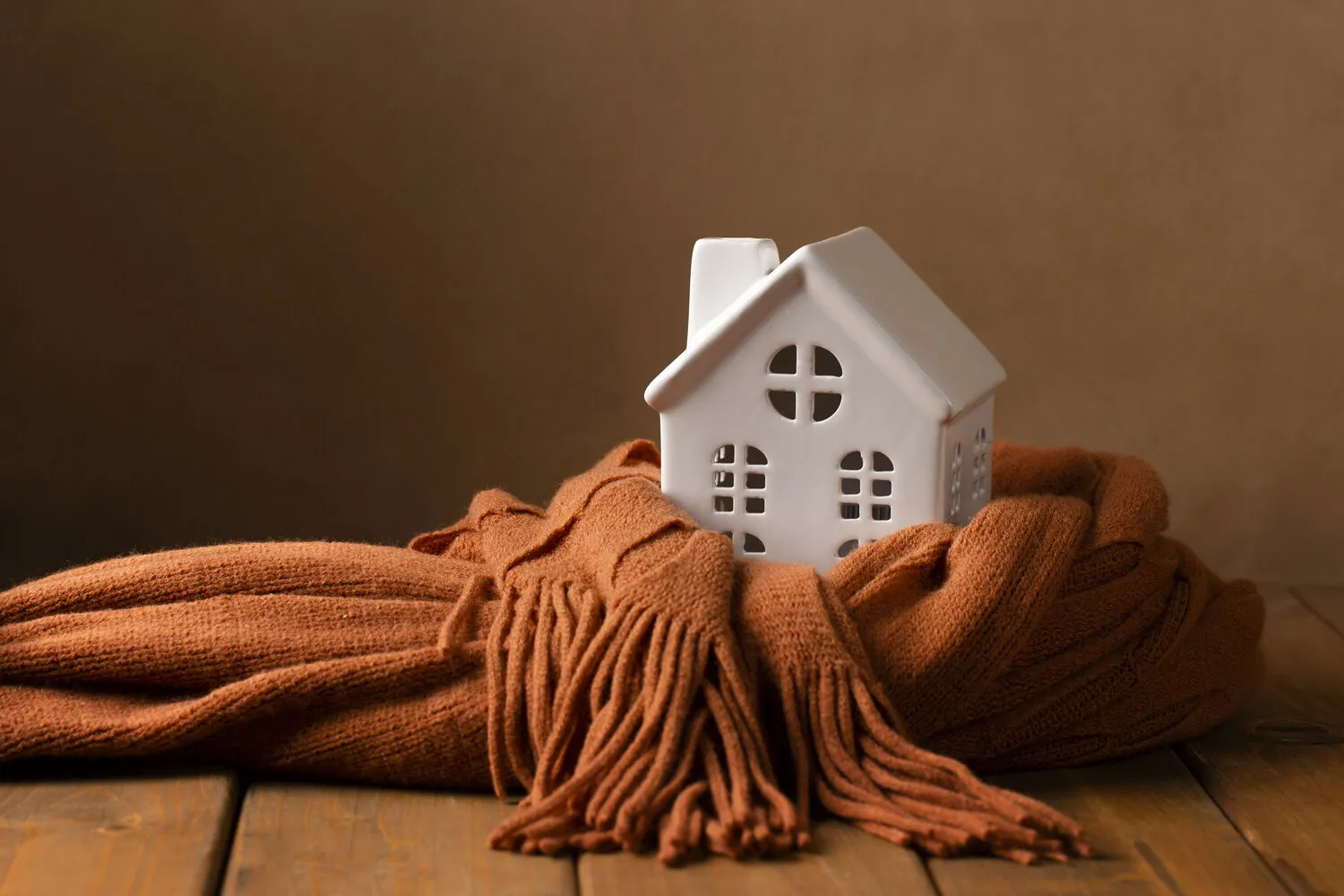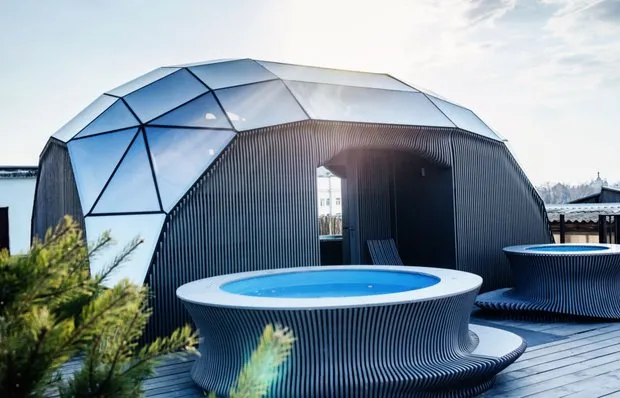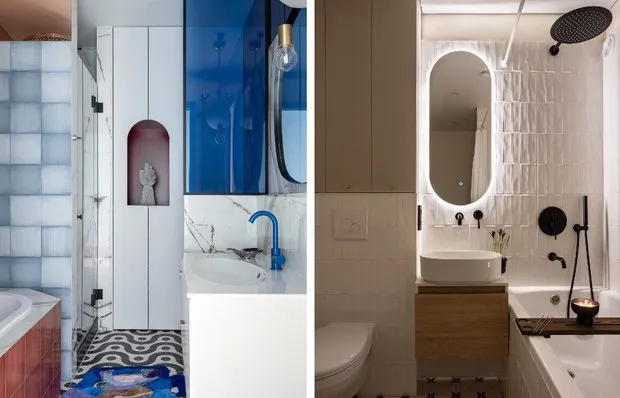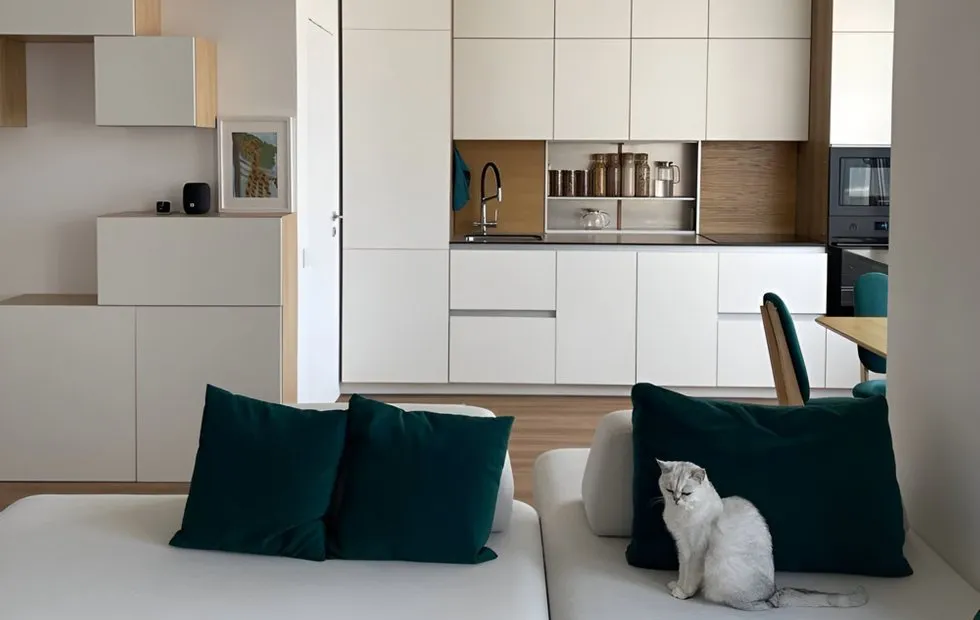There can be your advertisement
300x150
Insulating an Apartment: How to Keep Warm and Reduce Heating Costs
Preparing for winter — insulating your apartment!
In cold weather, it's important to properly insulate your apartment to retain heat and reduce heating costs. In this article, we'll look at several practical methods that can help improve the thermal insulation of your living space.
Insulating walls and floors using thermal insulation materials significantly reduces heat loss.
Energy-saving windows retain up to 25% more heat in the home.
Thermal protection films on windows create an additional barrier, protecting against cold.
Insulating walls and floors is one of the most effective methods for significantly reducing heat loss. There are various thermal insulation materials suitable for different rooms.
Mineral Wool. This is one of the most popular materials for insulating walls and ceilings. Mineral wool has excellent thermal and sound insulation properties. It is often used for insulating both the interior and exterior sides of walls.
Polystyrene and Expanded Polystyrene. These materials are lighter and easier to install. They retain heat well, making them suitable for insulating walls, floors, and ceilings. Expanded polystyrene is used to create thermal insulation layers under floor coverings and for external wall insulation.
Example: In older buildings where walls may poorly retain heat, installing polystyrene or expanded polystyrene on interior walls can significantly reduce heat loss.
Energy-Saving Windows: How to Choose the Right Glass UnitsWindows are one of the main sources of heat loss in a home. Energy-saving glass units help reduce these losses and lower heating costs.
Double-Chamber and Triple-Chamber Glass Units. Windows with two or three chambers retain heat much better than single-chamber options. They effectively keep heat inside the room, reducing heat loss through the glass.
Low-E Coating. This is a special coating on the glass that reflects heat back into the room, preventing its escape. Windows with such coatings provide higher energy efficiency.
Example: Installing triple-chamber glass units with Low-E coating can help retain up to 25% of heat, reducing heating bills.
Thermal Protection Films: A Simple Way to Insulate WindowsIf you're not ready to replace your windows, you can use thermal protection films. This is an economical and simple solution for temporary window protection from cold.
Thermal Protection Films. These films are applied to windows and create an additional barrier that prevents heat loss through the windows. Films are easy to install and can be removed without damaging the windows.
Transparent Films with Thermal Insulation. These films are transparent, do not alter the appearance of windows, and do not block light, but they significantly reduce heat loss.
Example: Applying thermal protection films to windows can reduce heat loss by 10–15%, which is especially relevant for older windows.
Insulating Doors and Window SillsSealant Tape. Install sealant tape on doors and windows to prevent heat loss through gaps. It helps seal openings and prevents drafts.
Insulation for Window Sills. Installing thermal insulation pads under window sills helps reduce heat loss through windows, especially if radiators are installed underneath.
Example: Using sealant tape and insulating window sills can significantly reduce heat loss through windows and doors.
Insulating an apartment is an effective way to keep warm and reduce heating costs. Using thermal insulation materials, installing energy-saving windows, and applying thermal protection films can help make your living space more comfortable during winter.
 Photo: freepik.com
Photo: freepik.comCover Design: Project by Alena Savvaeva
More articles:
 6 Genial Ideas for a Sauna That We Spotted in an Amazing Project
6 Genial Ideas for a Sauna That We Spotted in an Amazing Project Buying an Apartment Without Fear: Debunking 6 Myths That Prevent You from Becoming a Homeowner
Buying an Apartment Without Fear: Debunking 6 Myths That Prevent You from Becoming a Homeowner Skyscraper with History: Why the House on Kotel'nicheskaya is More Than Just a Building
Skyscraper with History: Why the House on Kotel'nicheskaya is More Than Just a Building Family Apartment: How to Organize Space Convenient for Everyone
Family Apartment: How to Organize Space Convenient for Everyone Top-5 Stylish Bathrooms Designed by Interior Designers
Top-5 Stylish Bathrooms Designed by Interior Designers New Housing Format: What Are Mini-Cities and Who Are They Perfect For
New Housing Format: What Are Mini-Cities and Who Are They Perfect For Houses of the Soviet Era: A Guide for Beginners
Houses of the Soviet Era: A Guide for Beginners Kitchen DIY: How an IT Specialist Created a Functional Space in an Apartment
Kitchen DIY: How an IT Specialist Created a Functional Space in an Apartment